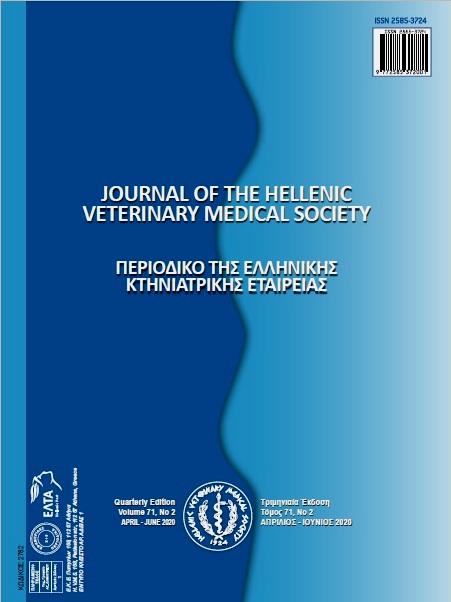Isobolographic analysis of analgesic interactions of silymarin with ketamine in mice

Abstract
The present study was undertaken to explore the analgesic effect of silymarin and ketamine alone or in combination in mice. Analgesia was measured by using a hot plate and the writhing test. The up-and-down method was used to determine the median effective analgesic dosages (ED50s) of silymarin and ketamine administered intraperitoneally (ip) either alone or together. The ED50s of both drugs were analyzed isobolographically to determine the type of pharmacological interaction between them. The analgesic ED50s for silymarin and ketamine in mice were 57.22 and 1.96 mg/kg, ip, respectively. Concomitant administration of the silymarin and ketamine at fixed ration (0.5:0.5) of their individual ED50s was 38.4 mg/kg and 1.28 mg/kg, ip, respectively. Silymarin and ketamine at fixed ration (1:1) of their individual ED50s were 47.54 mg/kg and 1.58 mg/kg, ip, respectively . Depending on the isobolographic analysis and calculating Y value, the type of pharmacological interaction between silymarin and ketamine at a ratio of 0.5:0.5 and 1:1 of their analgesic ED50 values of each drug , was antagonistic .In the writhing test the concomitant administration of silymarin and ketamine at 120mg/kg and 4mg/kg , ip, respectively reduce significantly the numbers of writhing in compare with silymarin120 mg/kg,ip and ketamine 4mg/kg, ip separately. The results suggest that the co-administration of silymarin and ketamine was ineffective to reduce the central pain while the concomitant administration of silymarin and ketamine was effective to reduce the visceral pain.
Article Details
- How to Cite
-
NASER, A., ALBADRANY, Y., & SHAABAN, K. (2020). Isobolographic analysis of analgesic interactions of silymarin with ketamine in mice. Journal of the Hellenic Veterinary Medical Society, 71(2), 2171–2178. https://doi.org/10.12681/jhvms.23653
- Issue
- Vol. 71 No. 2 (2020)
- Section
- Research Articles

This work is licensed under a Creative Commons Attribution-NonCommercial 4.0 International License.
Authors who publish with this journal agree to the following terms:
· Authors retain copyright and grant the journal right of first publication with the work simultaneously licensed under a Creative Commons Attribution Non-Commercial License that allows others to share the work with an acknowledgement of the work's authorship and initial publication in this journal.
· Authors are able to enter into separate, additional contractual arrangements for the non-exclusive distribution of the journal's published version of the work (e.g. post it to an institutional repository or publish it in a book), with an acknowledgement of its initial publication in this journal.
· Authors are permitted and encouraged to post their work online (preferably in institutional repositories or on their website) prior to and during the submission process, as it can lead to productive exchanges, as well as earlier and greater citation of published work.


